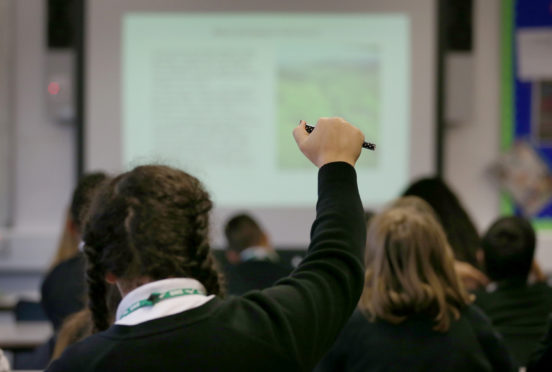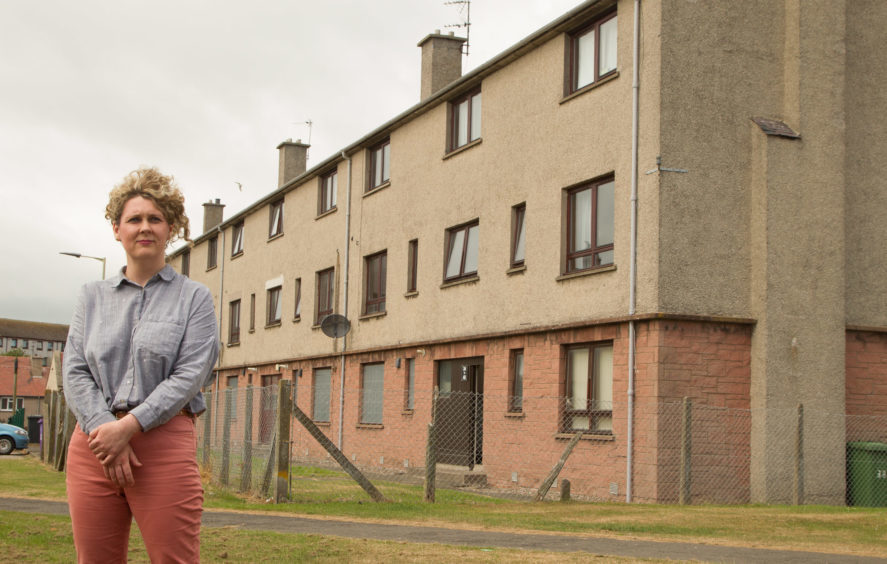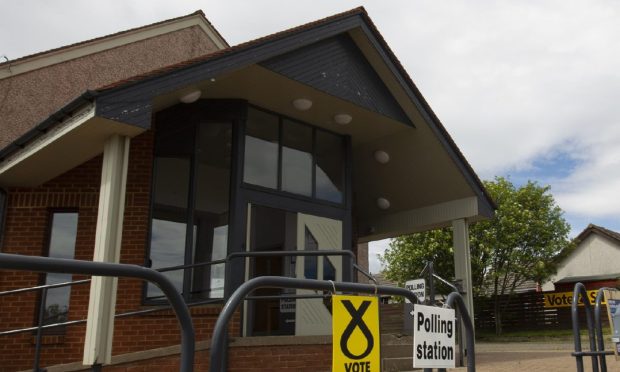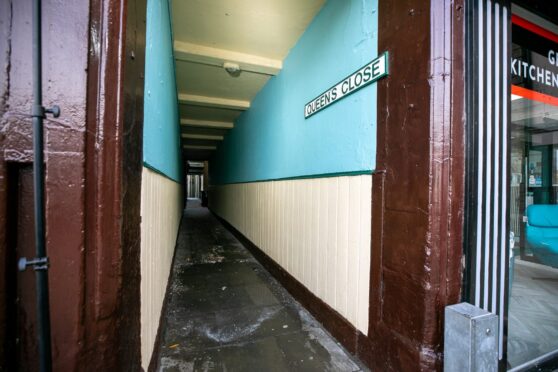Councillors have been told school exclusions are on the rise in Angus.
The figures were contained within a report which was brought before Angus Council’s children and learning committee.
The committee approved policy for head teachers on preventing and managing school exclusions in Angus which has been revised following a refresh of national guidance.
Pauline Stephen, head of schools and learning, said: “Following the introduction of the previous guidance for managing exclusions in Angus, there was a decrease in exclusions in Angus.
“Exclusions are carefully monitored and over the last two school sessions there has been an increase in the number of exclusions in our secondary schools, the highest rate being 45 exclusions per 1,000 young people in 2017-18.
“Exclusions in the primary sector are less common and last year the number dropped to six exclusions per 1,000 children from a high of nine per 1,000 in 2015-16.
“The preventing and managing school exclusions in Angus policy is designed to ensure a consistent approach across Angus that is in line with the Scottish Government’s guidance and relevant legislation.
“Our policy states that exclusion from school should only be used as a last resort and must be a proportionate response where there is no alternative.
“All facts and circumstances should always be considered. Exclusion should not be used as a punitive measure.
“It is vital that the purpose of exclusion and the impact on the learner should be taken into consideration, including the long term impact on life chances.”
She said the exclusion rate in Angus was still lower than the national average but something that is “regularly monitored”.
Arbroath East and Lunan Independent councillor Lois Speed said: “The focus really should be on inclusion and ensuring that we have the right environments and that staff are equipped with the right skill set and values to ensure that we do encourage and keep as many young people within our settings as possible and not have to refer to the policy.”
The revised policy stated it is recognised at times “there is the need for the use of the ultimate sanction of exclusion”.
It read: “Where exclusion is used, it should be a proportionate response where there is no appropriate alternative.
“The wellbeing of the child or young person should be the key consideration. Exclusions must be short with the aim of improving outcomes.
“Any exclusion should enable further planning and assessment and provide an opportunity for reflection for both the child or young person and staff involved.
“Relationship-based approaches, such as solution focused or restorative approaches, should be used to guide and support a child or young person’s return to school and sit within a school’s relationship policy that is understood by teachers, learners, parents and other agencies.”
Exclusion rates at Angus schools raised concerns from North-east Scottish Conservative MSP Bill Bowman in June.
He spoke out after statistics released by Angus Council revealed that there were 153 exclusions from August 2017 to April 2017.
In the previous school year – the worst for exclusions in the last five – 190 pupils were excluded.
Forfar Academy had the most exclusions which was followed by Arbroath Academy.











